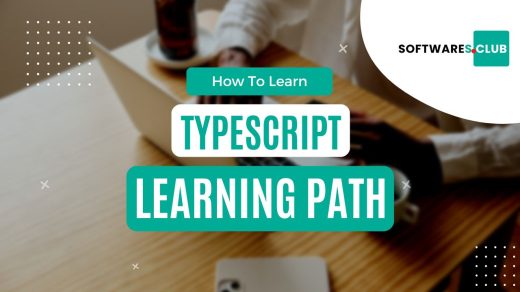Python: Learning Path & Resources.

Python is a high-level, interpreted programming language that was first released in 1991. It is one of the most popular programming languages in the world and is widely used for developing applications in a variety of domains such as data science, machine learning, web development, and automation. Python’s popularity is due to its simplicity, ease of use, and large community of developers.
Prerequisites for Learning Python:
To learn Python, you should have a basic understanding of programming concepts such as variables, data types, control structures, and functions. Additionally, some knowledge of Object-Oriented Programming (OOP) principles would be helpful.
Learning Path for Python:
To start learning Python, you can follow these steps:
- Download and install the Python interpreter from the official Python website.
- Learn the basics of the Python syntax and programming constructs such as variables, data types, control structures, functions, and classes.
- Familiarize yourself with popular Python libraries and frameworks such as NumPy, Pandas, Flask, and Django.
- Learn how to use Python for data analysis, machine learning, web development, and automation.
- Practice coding exercises and work on small projects to get hands-on experience with Python.
What to Learn After Python:
After learning Python, you can expand your knowledge by learning other popular programming languages such as Java, Kotlin, or JavaScript. Additionally, you can learn popular frameworks and libraries such as TensorFlow, PyTorch, or Scikit-learn for machine learning and data science.
Top Advantages of Python:
- Simplicity: Python has a simple and easy-to-learn syntax, which makes it an ideal language for beginners.
- Large Community: Python has a large community of developers and users, which means there are plenty of resources and support available.
- Versatility: Python can be used for a variety of applications, including data analysis, machine learning, web development, and automation.
- Libraries and Frameworks: Python has a rich ecosystem of libraries and frameworks, which makes it easy to get started with complex applications.
- Interpreted Language: Python is an interpreted language, which means you can run code without the need for compiling.
Top Disadvantages of Python:
- Speed: Python’s performance can be slower compared to other programming languages, especially for tasks that require high processing power.
- Global Interpreter Lock (GIL): Python’s GIL limits the concurrency of the language, which can impact performance for certain tasks.
- Memory Consumption: Python programs can consume more memory than other programming languages, which can impact performance and scalability.
- Steep Learning Curve for Advanced Concepts: Python has a steep learning curve for advanced concepts such as multithreading and networking.
- Lack of Mobile Development Support: Python does not have as much support for mobile development as other programming languages like Java or Kotlin.
Top Online Learning Resources for Python:
Here are some of the top online resources to learn Python:
- Python Documentation: https://docs.python.org/
- Python for Data Science Handbook (book): https://jakevdp.github.io/PythonDataScienceHandbook/
- Python Programming – Coursera: https://www.coursera.org/specializations/python
- edX – Introduction to Computer Science and Programming Using Python: https://www.edx.org/course/introduction-to-computer-science-and-programming-7
- DataCamp: https://www.datacamp.com/courses/intro-to-python-for-data-science
- Codecademy – Learn Python: https://www.codecademy.com/learn/learn-python
- Automate the Boring Stuff with Python (book): https://automatetheboringstuff.com/
- Google’s Python Class: https://developers.google.com/edu/python/
- Python Crash Course (book): https://ehmatthes.github.io/pcc/
- Python Weekly Newsletter: https://www.pythonweekly.com/
- PyCon Videos: https://www.youtube.com/channel/UCxs2IIVXaEHHA4BtTiWZ2mQ/videos
- Stack Overflow: https://stackoverflow.com/questions/tagged/python
- Real Python: https://realpython.com/
- Python Software Foundation: https://www.python.org/
- Python Cheat Sheets: https://www.pythoncheatsheet.org/
- Python Tips: https://www.pythontips.com/
- GitHub – Python Programming Language: https://github.com/topics/python
- Python Tutor: http://pythontutor.com/
- Python for Everybody – Coursera: https://www.coursera.org/specializations/python-3-programming
- Kaggle Kernels: https://www.kaggle.com/kernels



